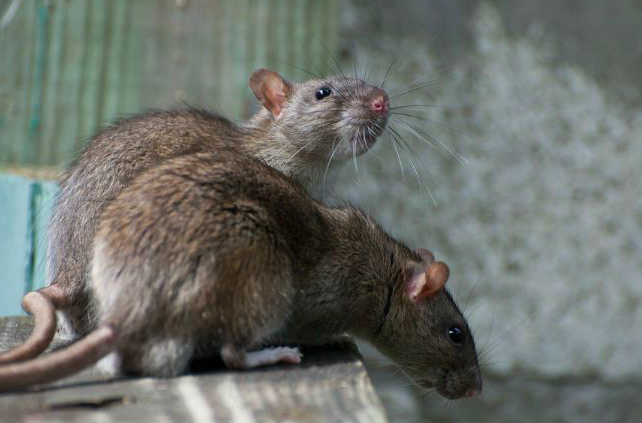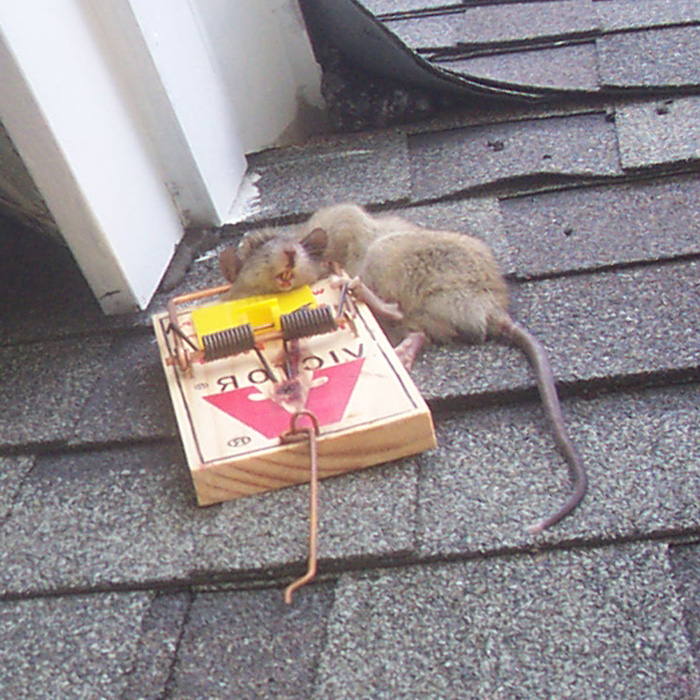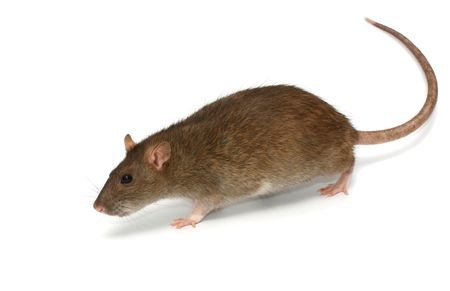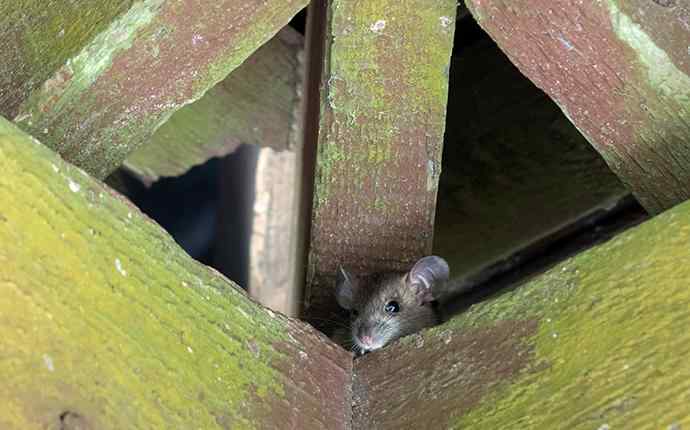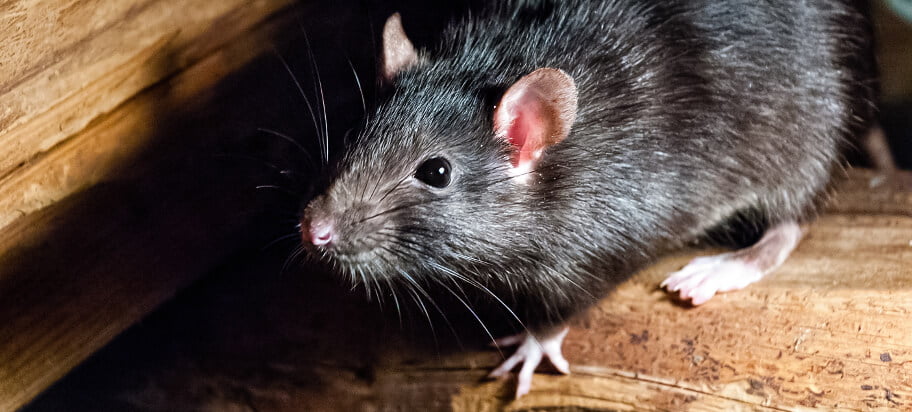Your first clue to the presence of rats or mice in the ceiling or walls might be a sound of skittering or rustling that starts and stops or continues for several minutes at a time.
Rats in ceiling noise.
Vent panels are the next best option if you unscrew them.
They are quick so as you lay underneath your attic you will be able to follow the noise from one side of the room to the other.
Turn off taps completely.
The noise can sound light or it can actually sound surprisingly loud.
Roof rats need 30 to 60 ml 1 8 to cup of water every 24 hours.
The rats most common in your area like to feed on roaches.
They will congregate where water is available.
If you can gain access through the attic great.
Don t leave pet food or food scraps uncovered at night.
Imagine a rat on wooden flooring and that is what you will be.
You may hear rats above your ceiling but that doesn t mean they stay there.
Rats in the ceiling and in the wall will most likely have some kind of activity level in the attic or ceiling space.
The most common sounds that you will get if you have rats in your attic is the noise of them scurrying around to find one of two things.
You can also hear running and scratching sounds as they go about your business in your attic or ceiling.





